
Who is a Full Stack PHP Developer? All You Need To Know
Oct 08, 2025 5 Min Read 2281 Views
(Last Updated)
Ever wondered how websites like Facebook, WordPress, or even your favorite blog function so smoothly from end to end? Behind the scenes, a Full-Stack PHP Developer might be the silent architect making it all work seamlessly.
These developers are the bridge between visual design and server-side logic, mastering both frontend and backend. But what exactly does a full-stack PHP developer do, and how can you become one in today’s job market?
This article holds the answers to the above questions, and it also deals with all the key tools, skills, and career opportunities that you need to know to get started. So, without further ado, let us dig deep!
Table of contents
- Who is a Full Stack PHP Developer?
- Core Front-End and Back-End Technologies
- PHP and Its Ecosystem
- Database and Version Control Basics
- Typical Responsibilities and Daily Workflow
- Key Skills and Tools to Learn
- Career Opportunities and Salary Ranges
- How to Become a Full Stack PHP Developer?
- Common Challenges and How to Overcome Them
- Conclusion
- FAQs
- What exactly is a Full Stack PHP Developer?
- Which frameworks or tools should a Full Stack PHP Developer know?
- What is the difference between GET and POST in PHP?
- What is MVC, and why is it important in PHP frameworks?
- How do you handle security as a Full Stack PHP Developer?
Who is a Full Stack PHP Developer?
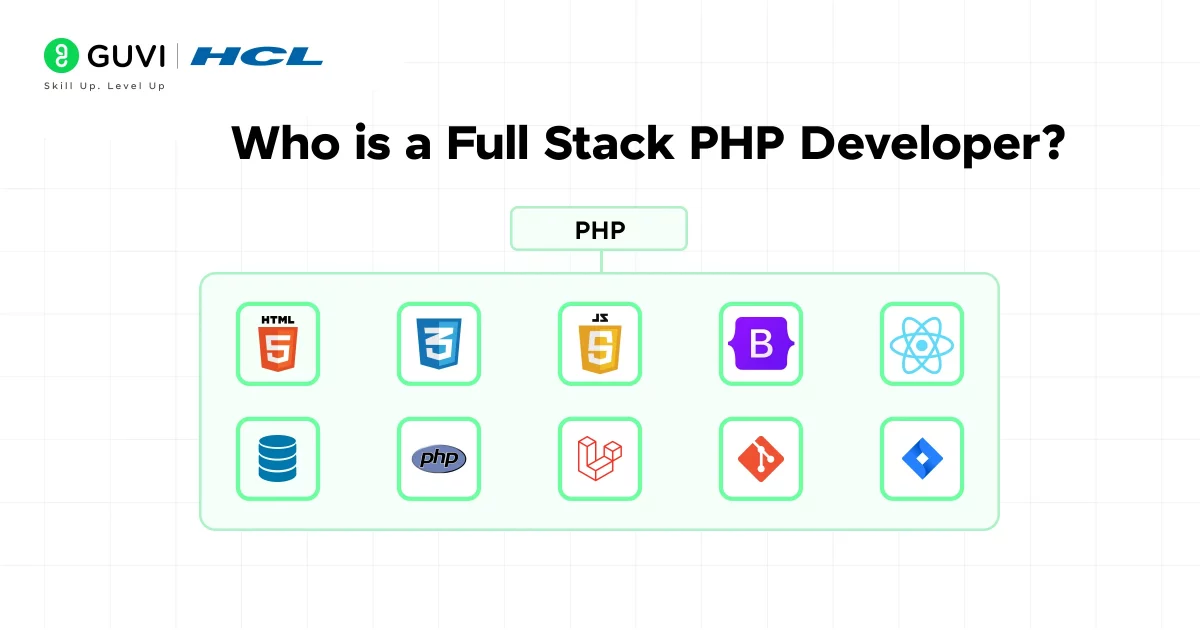
Full-stack development involves working on both the frontend (client side) and backend (server side) of web applications. A Full Stack PHP Developer is a web developer who specializes in building both the frontend (user interface) and backend (server-side logic) of web applications using PHP as the core backend technology.
They are capable of handling the complete development process, from designing responsive webpages to writing server scripts, managing databases, and deploying applications. Their deep understanding of the full web stack allows them to work independently or collaborate effectively across teams.
Key responsibilities and technologies:
- Frontend: HTML, CSS, JavaScript, and optionally frameworks like Vue.js or React
- Backend: Core PHP or frameworks like Laravel, Symfony, or CodeIgniter
- Database: MySQL or PostgreSQL for data storage and retrieval
- Tools: Composer for PHP package management, Git for version control
- Server & Deployment: Apache/Nginx, Linux commands, and basic DevOps knowledge
In short, a full-stack PHP developer is the all-rounder who can build and maintain every layer of a web application using PHP and related technologies.
Core Front-End and Back-End Technologies
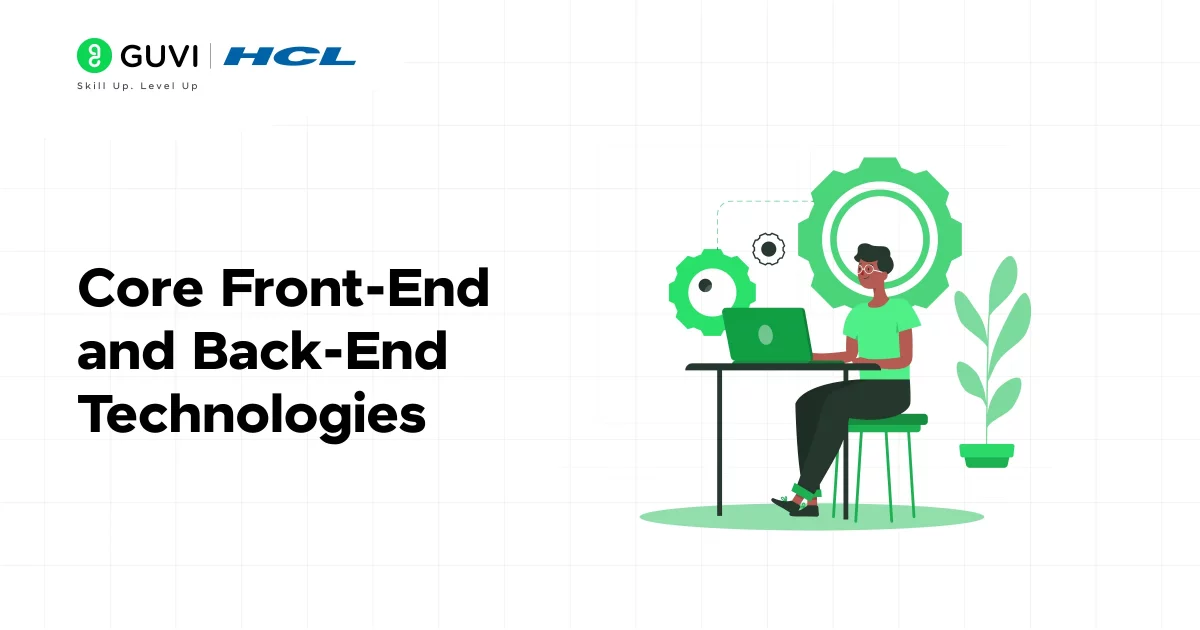
On the front end, developers work with HTML (page structure), CSS (styling/layout), and JavaScript (interactivity). Modern front-end work also uses libraries/frameworks like React, Angular, or Vue to build dynamic UIs. Responsive design (making pages work on all devices) and browser compatibility are key concerns.
On the back end, a common setup is the LAMP stack (Linux, Apache/Nginx, MySQL, PHP). PHP is a popular server-side language (alongside others like Python and Node.js). Back-end development involves setting up the web server, managing databases, writing PHP business logic, creating APIs, and ensuring security and integration with other services.
PHP and Its Ecosystem

PHP (Hypertext Preprocessor) is an open-source scripting language especially suited to web development. Its ecosystem includes frameworks and tools that speed up development.
Composer is PHP’s dependency manager – it lets you declare and install libraries easily. A leading framework is Laravel, known for its expressive, elegant syntax. Laravel “takes the pain out of development by easing common tasks” like routing and authentication, so developers can focus on application logic.
Other PHP frameworks (Symfony, CodeIgniter, etc.) serve similar roles. Many popular projects use PHP under the hood: for example, WordPress (built on PHP/MySQL) powers about 43% of all websites, illustrating PHP’s prevalence in the web industry.
Database and Version Control Basics
Full-stack PHP developers must be comfortable with databases and version control. Relational databases like MySQL or PostgreSQL are common; MySQL, for example, is a widely-used open-source RDBMS often paired with PHP.
Writing SQL queries and designing schemas (tables, relationships) is a core skill. Some projects also use NoSQL databases (like MongoDB) for unstructured data.
On the collaboration side, Git is the industry-standard version control system. Nearly all professional developers use Git to track code changes and collaborate (via platforms like GitHub/GitLab). Using Git effectively – committing code, branching, and merging – is essential for any team project.
Typical Responsibilities and Daily Workflow
- A Full Stack PHP Developer’s duties span the entire project. They might design and code the user interface (HTML/CSS/JS) one day and implement the server-side API (PHP) the next.
- Their responsibilities typically include managing the whole development process end-to-end, solving problems across the stack, and designing system architecture.
- On a given day, a full-stack dev might implement a new feature (creating both the front-end form and the PHP backend), fix bugs that span client/server, update the database schema, and review teammates’ code.
- Collaboration is constant: full-stack developers work closely with designers, other developers, and stakeholders, using tools (like Git and issue trackers) to coordinate and keep the project on track.
Key Skills and Tools to Learn

- Front-End Skills: HTML, CSS, JavaScript (and experience with a modern JS framework). Being able to build responsive layouts, manipulate the DOM, and optimize performance is critical.
- Back-End Skills: PHP expertise and database knowledge (MySQL, PostgreSQL). Familiarity with a PHP framework (e.g. Laravel) is highly valuable. Writing clean server-side code and efficient SQL queries is expected.
- Version Control: Git (and platforms like GitHub/GitLab) for source code management. Knowing how to branch, merge, and collaborate with pull requests is a must.
- Dependency Management: Composer for PHP libraries (and tools like npm/Yarn for front-end packages if needed).
- DevOps & Deployment: Basic Linux command-line skills, web servers (Apache/Nginx), Docker (containerization), and CI/CD pipelines. Understanding how to deploy applications to production (cloud servers, VPS, or PaaS) is important.
- Other Tools: A good code editor/IDE (VS Code, PHPStorm), browser dev tools, and debugging/testing frameworks. Understanding RESTful APIs, JSON, and security best practices (e.g., protecting against SQL injection and XSS) is also essential.
- Soft Skills: Problem-solving, communication, and adaptability. Full-stack work involves juggling many responsibilities and coordinating with cross-functional teams, so organization and clear communication are key.
Career Opportunities and Salary Ranges
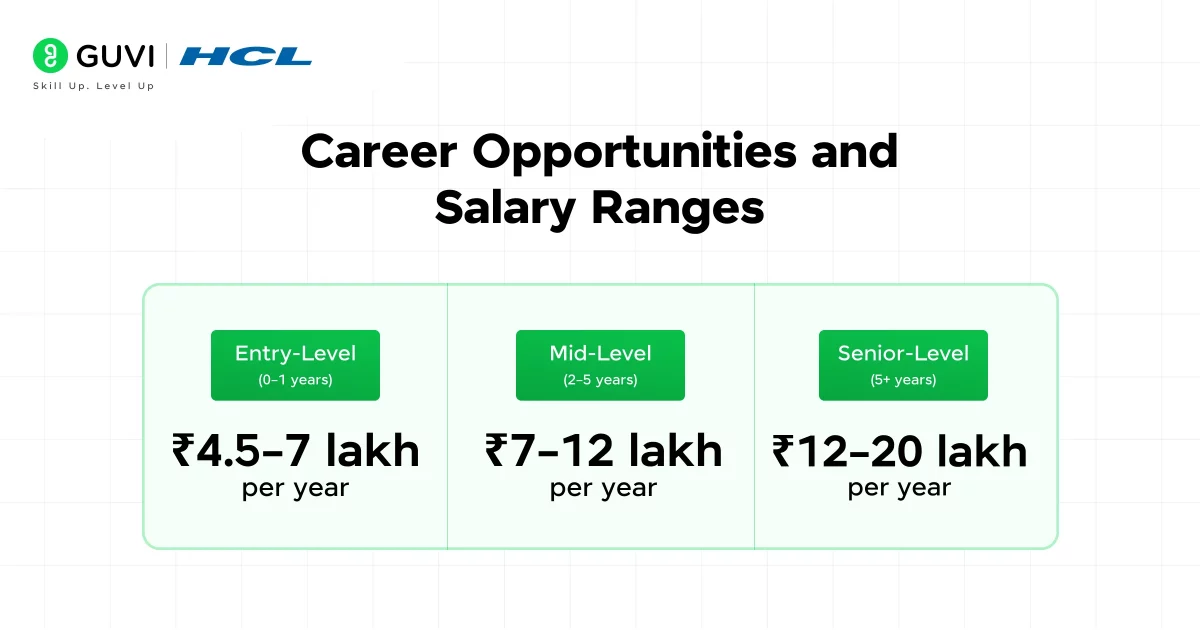
A full-stack PHP developer in India typically earns between ₹4.5 LPA to ₹25 LPA, depending on experience and company size. The overall full-stack developer range is roughly:
- Entry-level (0–1 year): ₹4.5–7 LPA
- Mid-level (2–4 years): ₹7–12 LPA
- Senior (5+ years): ₹12–20+ LPA, with top-tier roles reaching ₹25 LPA or more in product-led companies or startups
For PHP-specific roles, the average is slightly higher: PHP developer salaries average around ₹17.2 LPA, typically ranging between ₹11.6–43.9 LPA based on skill and company scale.
These developers work in many settings: web agencies, tech companies, or as freelancers building custom sites and applications. Over time, they often advance to senior developer, lead, or architect positions.
Some may specialize in areas like performance optimization or security, or move into management (e.g., CTO roles). Given PHP’s popularity in content management (WordPress, Drupal) and e-commerce (Magento, WooCommerce), there are also opportunities in plugin/theme development and custom extensions. Building a strong portfolio (e.g., projects on GitHub) and contributing to the community can greatly improve hiring prospects.
How to Become a Full Stack PHP Developer?
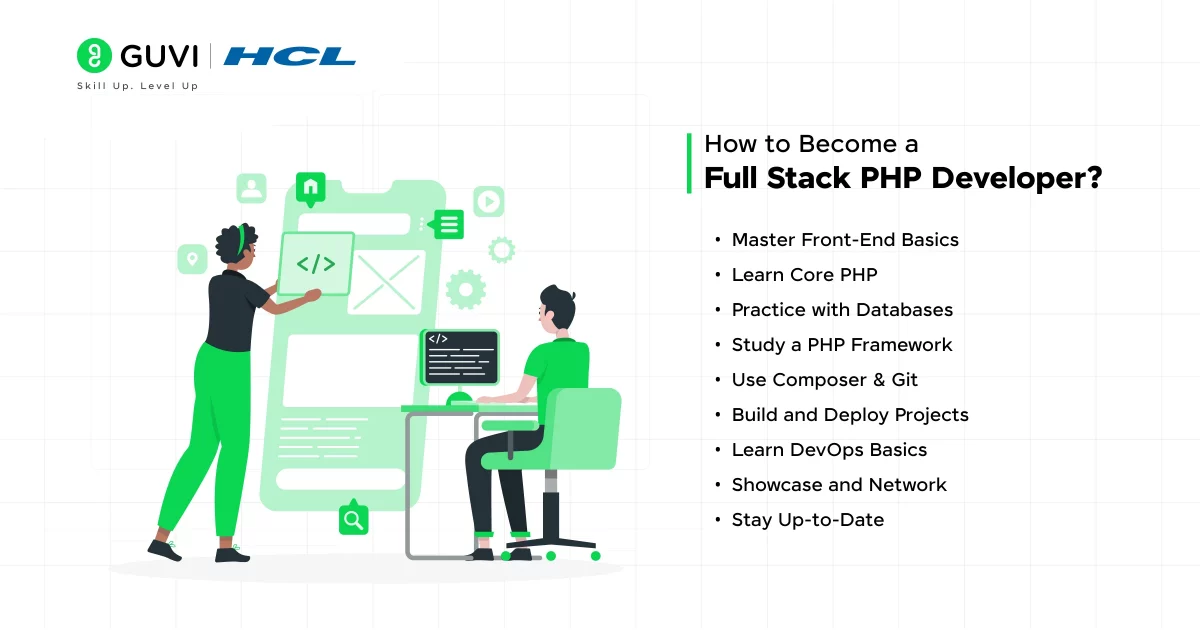
Aspiring developers can follow a step-by-step learning path:
- Master Front-End Basics: Learn HTML, CSS, and JavaScript through tutorials and practice. Build static web pages and simple interactive sites.
- Learn Core PHP: Study PHP fundamentals using the official documentation or beginner courses. Write simple PHP scripts to handle form data and basic logic.
- Practice with Databases: Learn SQL and use it in PHP. Start with MySQL – practice creating, reading, updating, and deleting records from your PHP code.
- Study a PHP Framework: Choose a framework like Laravel and follow its documentation or tutorials. Learning Laravel teaches MVC structure and best practices.
- Use Composer & Git: Learn Composer for managing PHP libraries. At the same time, start using Git for version control (committing code, branching).
- Build and Deploy Projects: Combine your skills by creating real applications (a blog, a to-do app, etc.). Deploy them on a live server or cloud platform. Share your code on GitHub or a portfolio site – employers love seeing concrete examples.
- Learn DevOps Basics: Experiment with running a local server or container (Docker) and setting up a CI/CD pipeline (e.g. with GitHub Actions). This teaches how production environments work.
- Showcase and Network: Contribute to open-source projects, participate in forums or meetups, and collaborate on group projects. Networking with other developers provides learning and career opportunities.
- Stay Up-to-Date: Follow PHP and web development news, read blogs, and engage in community forums (Stack Overflow, Laracasts, Reddit). Continuous learning is key in this fast-changing field.
Common Challenges and How to Overcome Them
Full-stack development comes with challenges. Keeping skills up to date is one: PHP, JavaScript libraries, and tools evolve quickly. Overcome this with continuous learning (reading official docs, tutorials, and trying new features).
Context-switching is another: juggling front-end and back-end work can be mentally taxing. Developers handle this by breaking work into smaller tasks and using frameworks to simplify complex problems. For example, Laravel handles many routine tasks (authentication, routing, security) out of the box, letting you focus on core logic.
Debugging can be tricky when issues span multiple layers; using browser debuggers, logging, and automated tests helps pinpoint problems. Finally, balancing speed vs. quality is a common struggle; using version control, code reviews, and writing tests helps maintain quality.
In summary, by leveraging best practices, tools, community help, and good organization, full-stack developers can overcome these hurdles and build robust web applications.
If you want to learn more about Full-stack development and become a full-stack PHP Developer, consider enrolling in HCL GUVI’s IIT-M Pravartak certified Full-Stack Development Course with AI Tools, which provides you with all the resources and guidance to have a successful full-stack career!
Conclusion
In conclusion, becoming a full-stack PHP developer means unlocking the ability to build complete, end-to-end web applications with confidence. You’re no longer confined to just designing interfaces or writing backend scripts; you become the bridge that connects both worlds.
As a full-stack PHP developer, you’re empowered to work independently, solve complex problems, and adapt to a variety of projects, whether in startups, agencies, or large tech firms. While the learning curve can be steep, the rewards are substantial: job security, career growth, and the satisfaction of bringing ideas to life from start to finish. So if you’re looking to future-proof your career in web development, this is a path worth walking.
FAQs
1. What exactly is a Full Stack PHP Developer?
A Full Stack PHP Developer works on both the frontend (HTML, CSS, JavaScript) and backend (PHP, database, server logic), managing the full web development lifecycle from UI to database integration. This dual role enables seamless coordination between design and logic layers, making you a versatile asset on any web team.
2. Which frameworks or tools should a Full Stack PHP Developer know?
You should know a mainstream PHP framework (like Laravel, Symfony, or CodeIgniter), Composer for PHP dependency management, Git for version control, and a frontend library/framework (e.g., Vue, React, or Angular) for dynamic UI work.
3. What is the difference between GET and POST in PHP?
GET and POST are two HTTP methods used to send form data from the browser to the server. GET appends data to the URL and is visible, while POST sends data within the request body (hidden), making it ideal for sensitive or large form submissions.
4. What is MVC, and why is it important in PHP frameworks?
MVC (Model‑View‑Controller) is a design pattern that separates data logic (Model), UI presentation (View), and request handling (Controller). It keeps code organized, promotes reusability, and simplifies maintenance, making it a standard in frameworks like Laravel and Symfony.
5. How do you handle security as a Full Stack PHP Developer?
Security practices include using HTTPS, sanitizing user inputs to prevent SQL injection and XSS, implementing secure password hashing, enabling CORS controls properly, and regularly updating dependencies to avoid vulnerabilities.


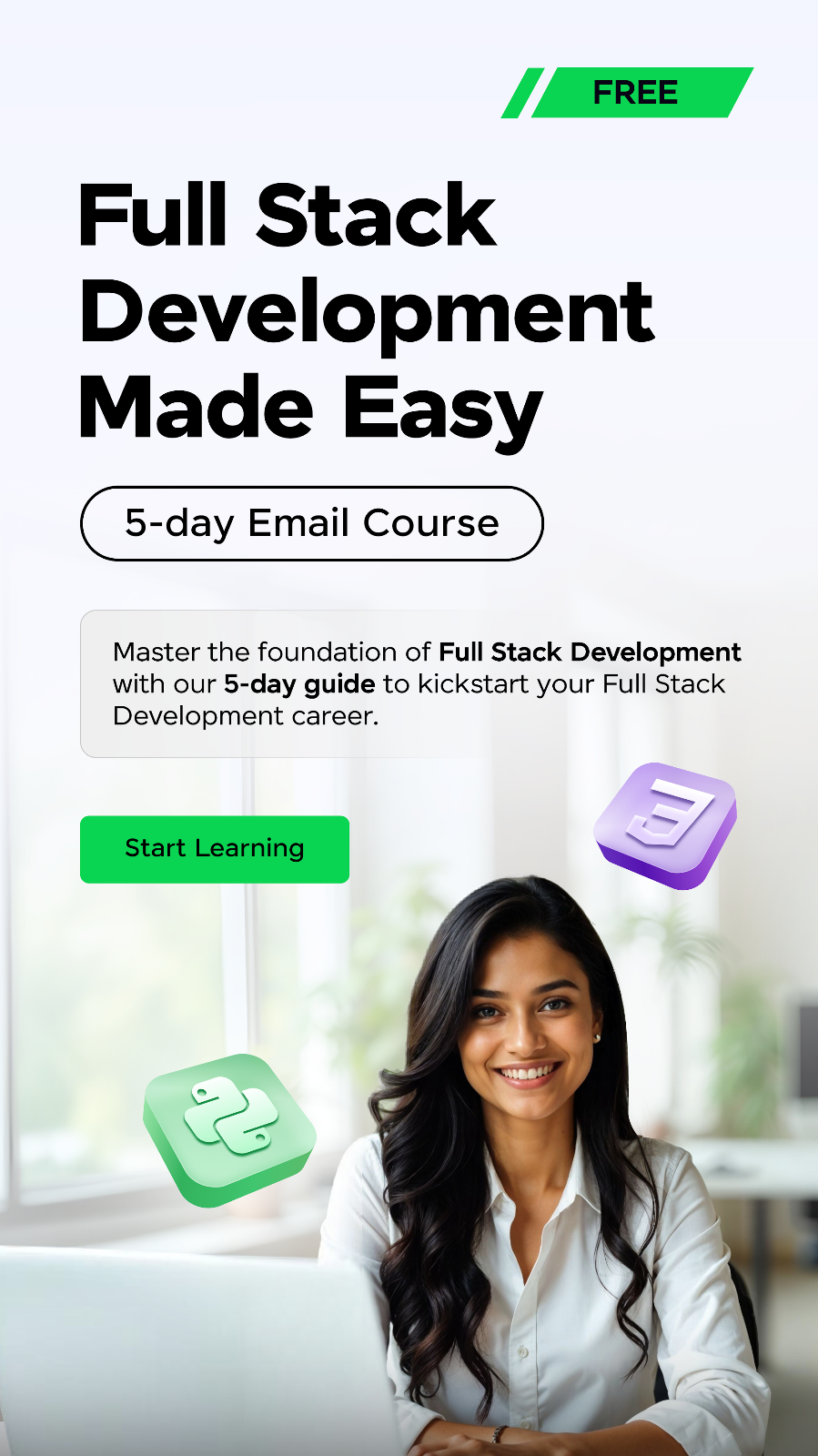




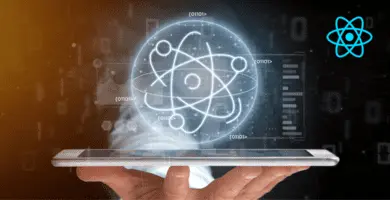



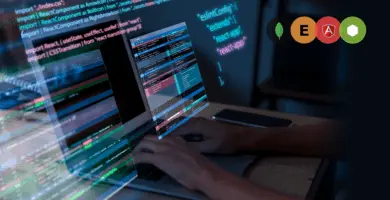
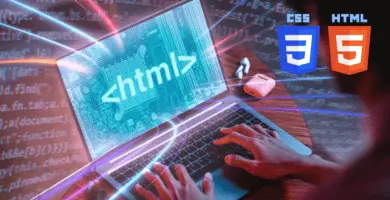



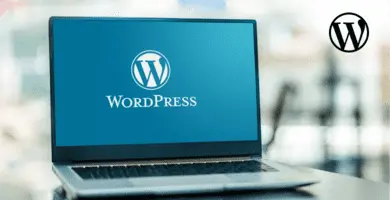




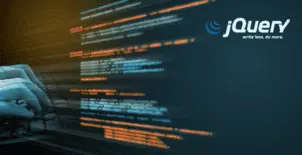

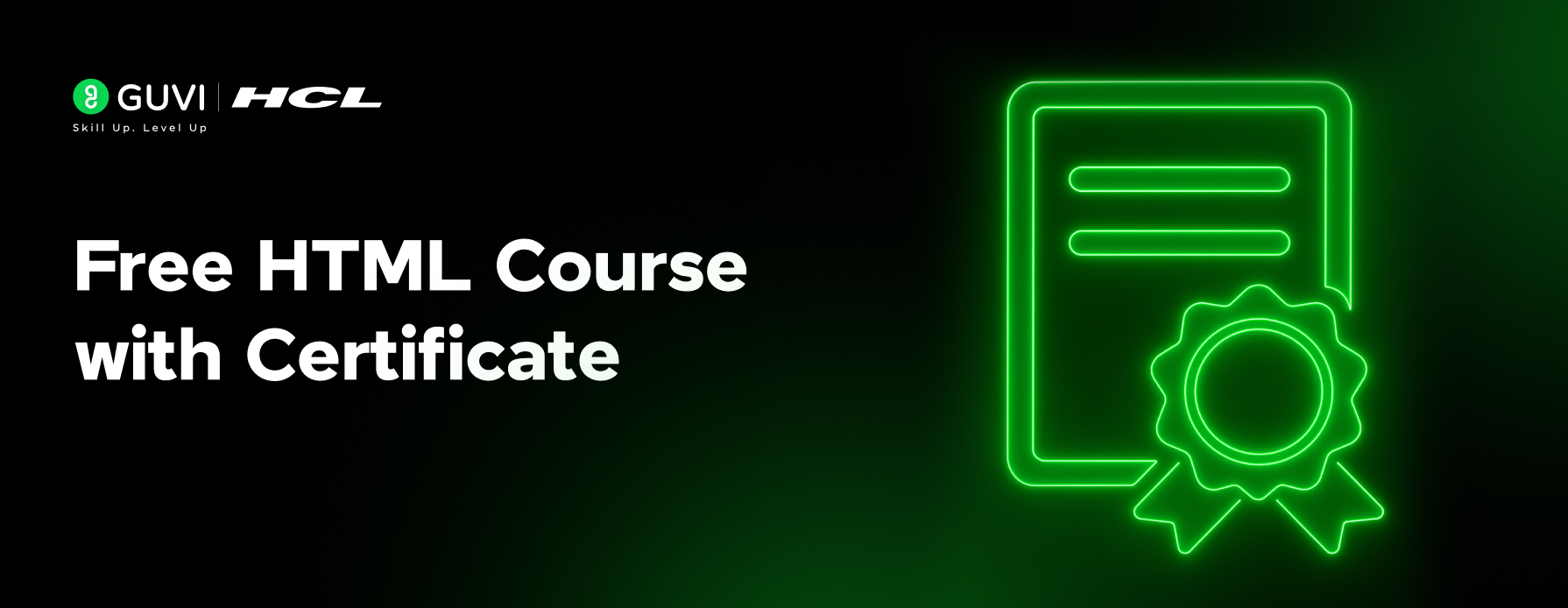
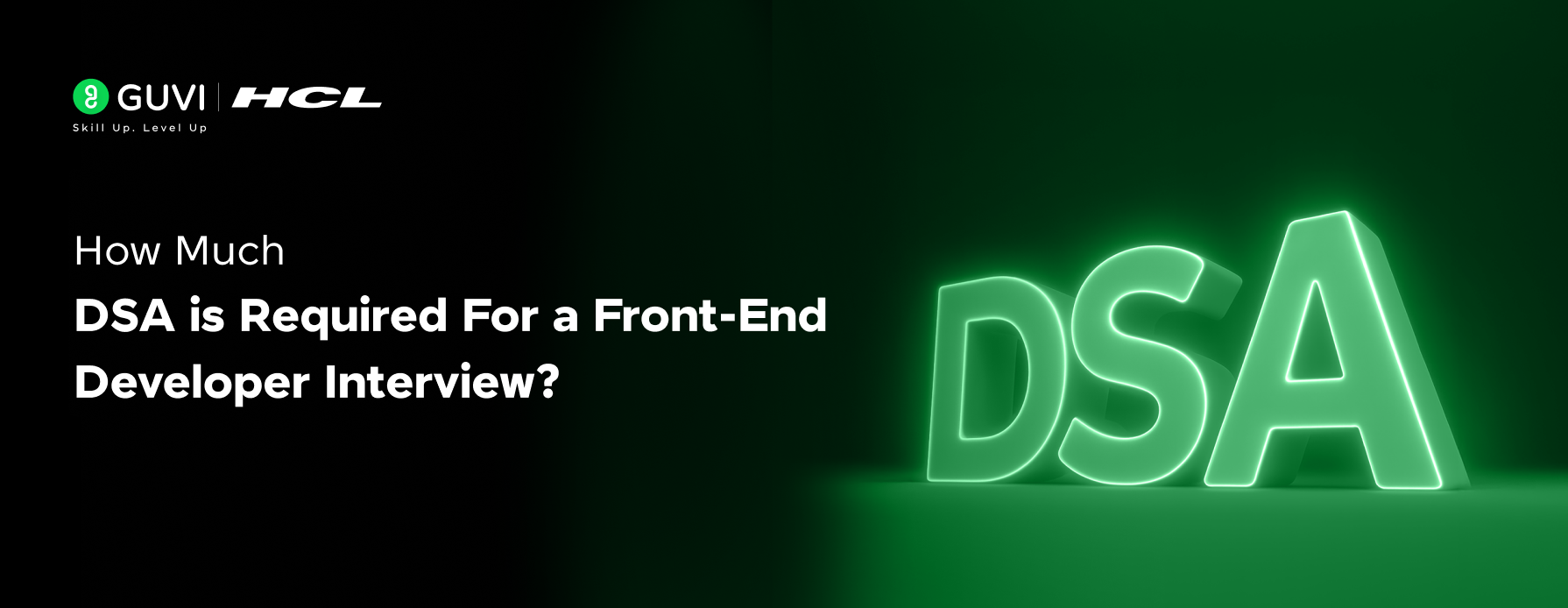
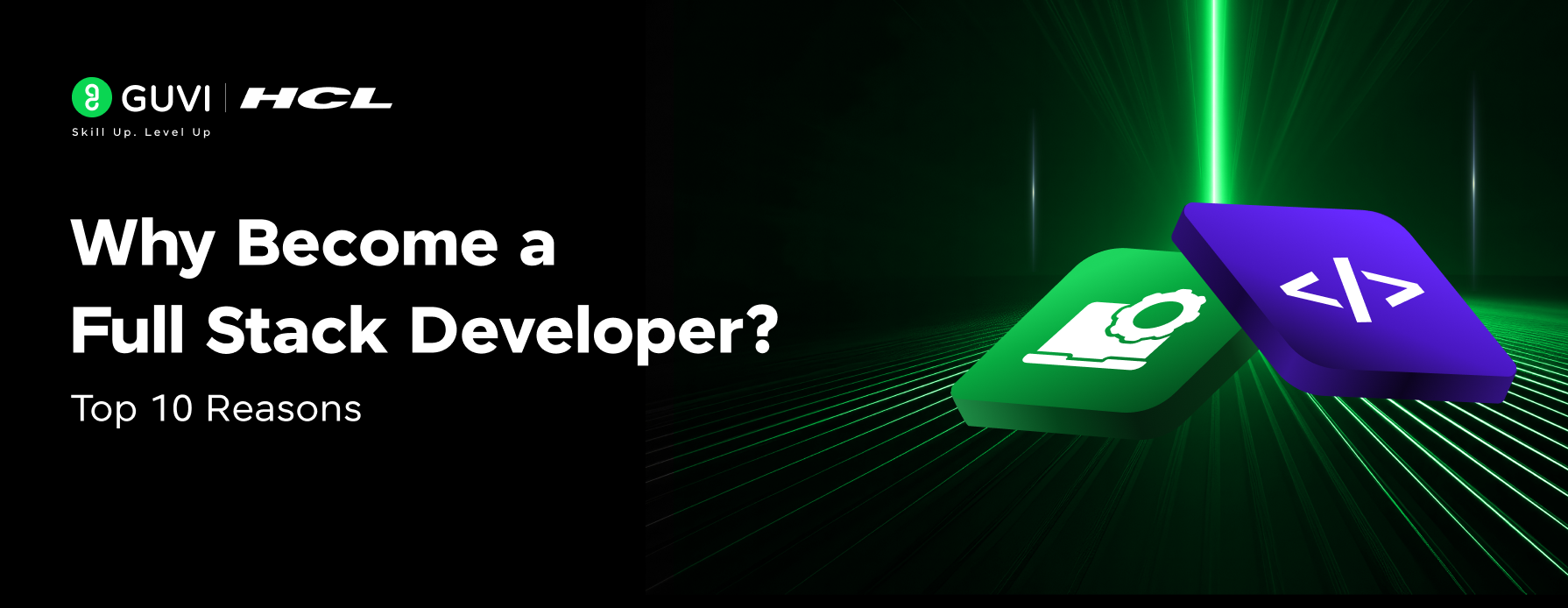

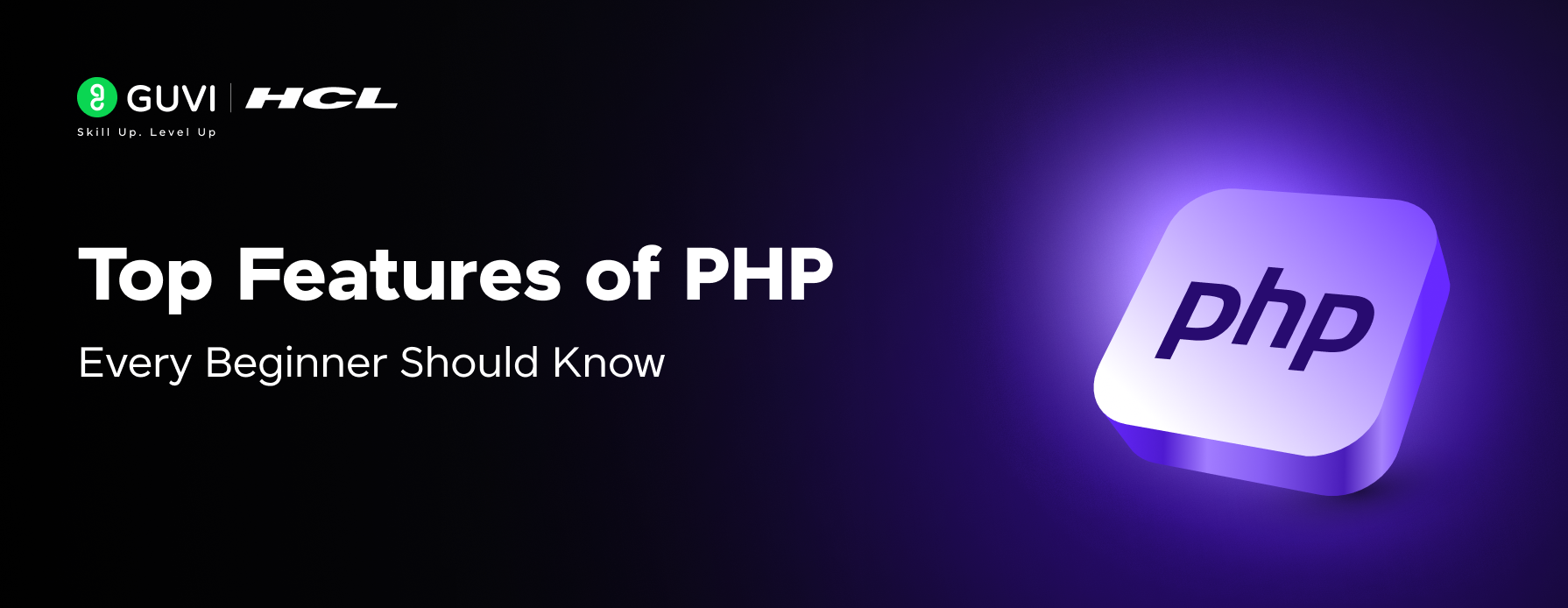
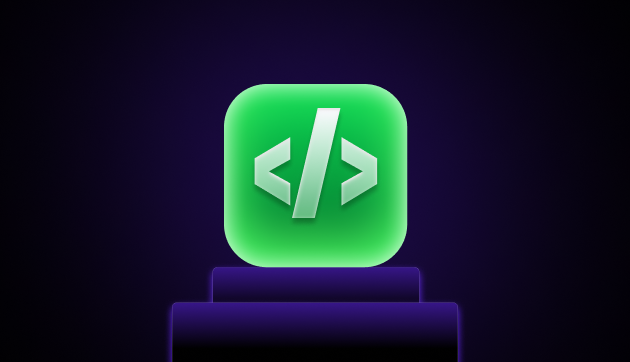
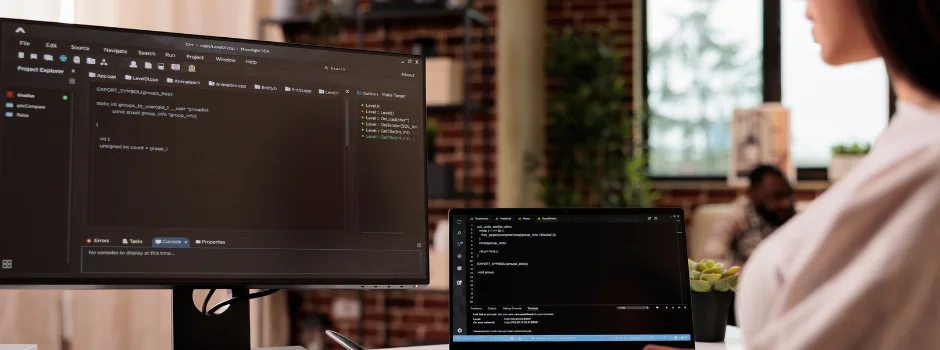

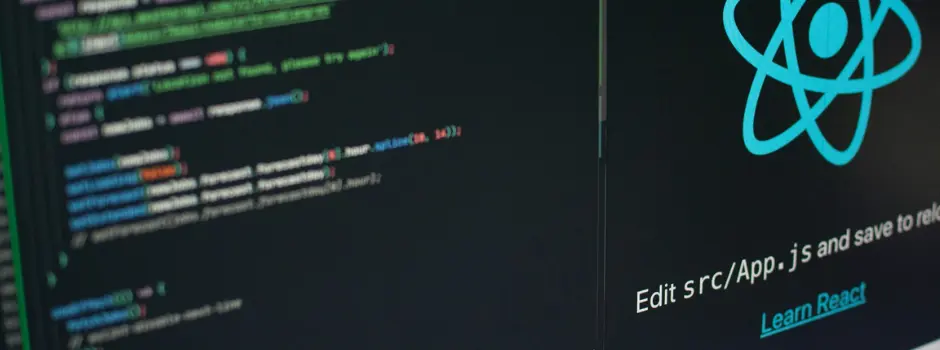




Did you enjoy this article?